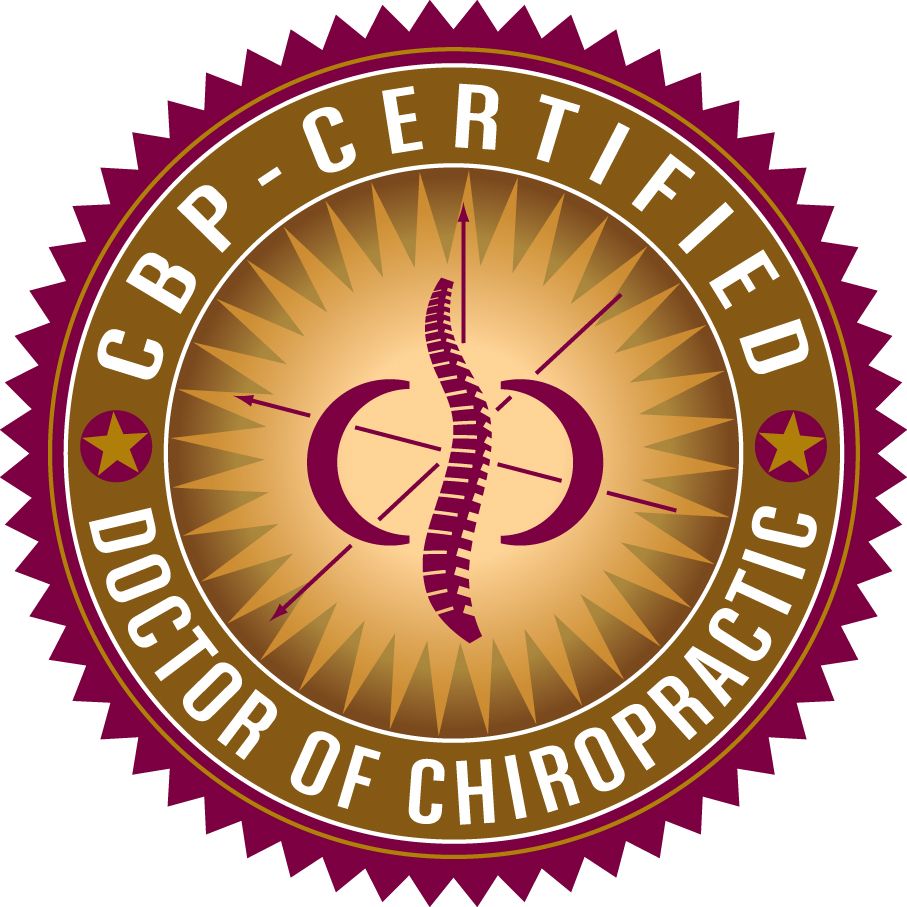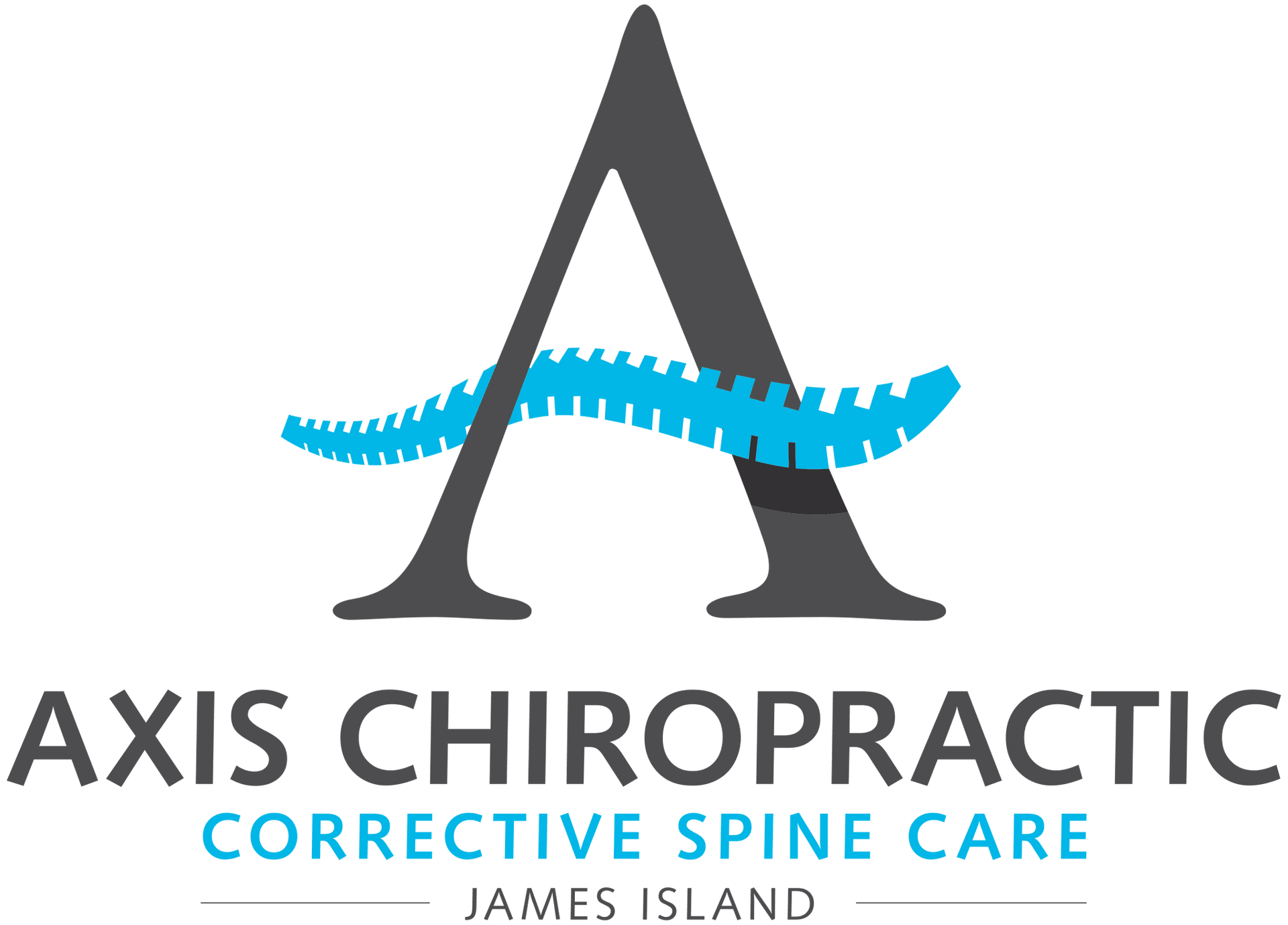Are Standing Desks Good For You?
You’ve probably read articles or heard discussions about the rise of standing desks in today’s workplace. With more people than ever suffering from back pain and other health issues related to desk jobs, standing desks have been hailed as a promising solution. But are they really good for you? Let’s take a comprehensive look at the overwhelming pros–and a handful of cons–of standing desks.
The Health Risks of a Sedentary Lifestyle
The traditional office environment is often not conducive to your physical well-being. Many office workers spend long periods of time sitting, which has been associated with a range of health issues from obesity and type 2 diabetes to cardiovascular disease. The phrase “sitting is the new smoking” has even been coined to describe the severity of these risks.
Standard office furniture encourages a sedentary lifestyle, which can adversely affect your health over time. Sitting for extended periods HAS BEEN LINKED to an increased risk of heart disease, high blood pressure, and high cholesterol levels, among other conditions.
The Benefits of a Standing Desk
If you’re looking to make a change in your workday, standing desks offer an intriguing alternative. These workstations have adjustable height desks that allow for a more dynamic work environment. But what are the health benefits of standing desks?
Alleviate Back and Neck Pain
Standing desks can be a game-changer for those who suffer from neck pain and lower back pain, which are common issues among desk job workers. The change in posture allows for a more neutral spine alignment, taking pressure off sensitive areas. In conjunction with proper ergonomics, this can make a significant difference in comfort levels and long-term spinal health.
In one Japanese study, participants reported REDUCED NECK AND SHOULDER PAIN after 3 months of using a sit-stand desk. A 2017 review found that sit-stand desks may REDUCE LOW BACK PAIN and prevent it from developing.
Get More Physical Activity
Switching to a standing desk encourages more movement throughout the day. Whether it’s shifting weight from one leg to another, taking small walking breaks, or even performing simple stretches, the act of standing promotes a more active lifestyle. This is particularly beneficial for people who find it challenging to incorporate physical activity into a busy workday.
Lower Blood Sugar and Cholesterol
Managing healthy cholesterol and blood sugar levels is crucial for overall health. Interspersing periods of sitting with standing and light activity can help control these key metrics. For people at risk of type 2 diabetes or cardiovascular disease, a standing desk can be a simple but effective strategy to improve health outcomes.
Lose Weight
When it comes to weight management, every calorie counts. Standing requires a higher energy expenditure–i.e., burns more calories–than sitting, which contributes to weight loss and increased energy levels. While it’s not a substitute for exercise, using a standing desk can be a step in the right direction for those looking to shed some pounds or maintain their current weight.
Improve Mental Health
There’s more to standing desks than just physical benefits; many users report mental health improvements as well. The act of standing has been associated with increased energy and alertness. Additionally, the slight boost in physical activity can lead to the release of endorphins, which are natural mood lifters.
Increase Your Lifespan
Prolonged sitting has been linked to a host of health issues, including a higher risk of heart disease and early mortality. By encouraging more movement and less sedentary behavior, standing desks can contribute to a longer, healthier life. When combined with regular physical activity and a balanced diet, using a standing desk can be a part of a holistic approach to extending your lifespan.
Set Yourself Up For Success: Ergonomics and Adjustability
It’s not just about standing up; it’s about doing it right. Ergonomics plays a crucial role in setting up your workspace for optimal health benefits. Adjustable standing desks and stand-up desk converters allow you to achieve the right posture.
When choosing the height for your keyboard and monitor, use the 90-degree angle rule. Your elbows should form a 90-degree angle when typing, and your computer screen should be at eye level. This rule applies whether you’re sitting or standing.
Types of Standing Desks
When choosing a standing desk, consider your specific needs, workspace, and the health benefits you’re looking to gain. Each type has its own set of advantages, and understanding these can help you make the best choice for your situation.
Fixed-Height Standing Desks
Fixed-height standing desks are the simplest form, with a non-adjustable height. They are cost-effective and feature a minimalistic design. These desks are ideal for people who are certain about the height they are comfortable with and do not require any adjustability.
Adjustable Standing Desks
Adjustable standing desks allow you to change the height manually. The key advantage here is the flexibility it offers in adjusting the desk to meet your ergonomic needs. These desks are best suited for those who wish to switch between sitting and standing but don’t mind taking a few moments to make manual adjustments.
Electric Adjustable Standing Desks
Electric adjustable standing desks come with electronic controls to adjust the height smoothly and quickly. Some models even offer memory settings to store your preferred heights. These desks are ideal for office workers who prioritize convenience and are willing to invest a bit more.
Sit-Stand Workstations
Sit-stand desks are hybrid models that let you switch between sitting and standing. They offer the versatility and health benefits of being able to alternate your position during the workday. These desks are perfect for individuals who want to balance the benefits and risks associated with both prolonged sitting and standing.
Treadmill Desks
Treadmill desks combine a standing desk with a treadmill, allowing for light physical activity while working. This type of desk may aid in weight loss and improving cardiovascular health. They are best suited for those looking to incorporate more movement into their workday and who don’t mind the higher price tag.
Standing Desk Converters
Standing desk converters are units that can be placed on top of a traditional desk, converting it into a standing desk. They are cost-effective and easy to install and remove. These are ideal for people wanting to try the standing desk experience without the commitment or for those working within a budget.
Mobile Standing Desks
Mobile standing desks feature wheels, making them easy to move. Their portability means they can be easily shared among different workspaces or team members. These are especially useful in dynamic office environments or home offices where space might be a concern.
When Standing Desks Aren’t Ideal
Standing desks aren’t a one-size-fits-all solution. Some people might find that standing for extended periods can lead to other issues like varicose veins or increased blood pressure.
It’s also important to realize that using a standing desk isn’t a replacement for regular physical activity. It’s essential to move around during the workday. Take a walk around the floor, or, ideally step outside for a brisk walk every few hours to boost your energy levels, blood circulation, and even your mood.
How to Make the Switch
Deciding to use a standing desk is one thing, but making the transition can be another challenge entirely. The shift from sitting to standing for extended periods requires some adaptation. Here’s how to smoothly make the switch to a standing desk without any hitches.
Start Slow
It may be tempting to stand all day right away, but it’s essential to ease into it. Begin by standing for short intervals, say 15 to 20 minutes, and then gradually increase the duration over several days or weeks. This will give your body time to adapt and minimize discomfort or fatigue.
Get the Right Equipment
Choosing the appropriate standing desk and accessories can make all the difference. Ensure your desk is at the correct height so that your computer screen is at eye level and your arms can comfortably reach the keyboard at a 90-degree angle. You may also want to invest in an anti-fatigue mat and proper footwear to reduce strain on your feet and back.
Pay Attention to Ergonomics
Good ergonomics are crucial whether you’re sitting or standing. Make sure your screen, keyboard, and mouse are placed in a manner that prevents strain on your neck, back, and wrists. Frequently reevaluate your setup to make sure it meets your needs, especially as you get more comfortable standing for extended periods.
Alternate Between Sitting and Standing
While standing desks offer many health benefits, standing for too long can also have its drawbacks. Make it a point to alternate between sitting and standing. Some people find it helpful to set timers to remind them when to change their position.
Listen to Your Body
Always pay attention to what your body is telling you. If you start to feel discomfort or fatigue, it might be time to sit down or take a short break. As you become more accustomed to standing, you’ll find that you can do it for longer intervals without any issues.
Consult a Healthcare Provider
If you have preexisting health conditions or concerns, it’s wise to consult a healthcare provider before making the switch. They can provide tailored advice and may even recommend specific types of standing desks that would be most beneficial for you.
Takeaway
Switching to a standing desk can offer numerous health benefits, ranging from alleviating back and neck pain to promoting weight loss and improving mental well-being. It’s a simple way to increase your physical activity throughout the day and boost your overall health.
To ensure that you’re getting the most out of this change, choose a desk that fits your goals and budget, and ease your way into using it so you don’t give up. If you’re prone to varicose veins and certain other medical conditions, you may need to avoid standing for long periods and should opt to balance sitting with standing throughout the day.









